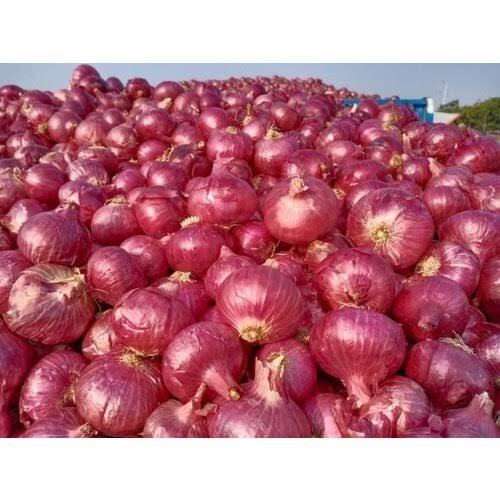Tashkent – Uzbekistan is facing an alarming surge in onion prices, with market rates rising as much as tenfold compared to the same period in 2024. The dramatic price increase is being largely attributed to a significant reduction in cultivated land allocated for onions, combined with supply chain disruptions and unfavorable weather conditions. According to reports from local markets, the price of onions, a staple in Uzbek cuisine, has skyrocketed from 1,500 Uzbek soms to over 15,000 soms per kilogram in some regions, placing an unexpected burden on both consumers and food vendors.
Reduced Cultivation Key Factor Agricultural experts point to a notable decline in onion acreage this year. Many farmers have reportedly shifted focus to other more profitable crops or were discouraged from planting due to irrigation challenges and rising input costs. As a result, the domestic output of onions has dropped sharply, creating a supply-demand mismatch.
Government Response and Outlook The Ministry of Agriculture has acknowledged the issue and attributed the spike to seasonal shortages and supply chain gaps. Officials say that the market situation is expected to normalize after April 15, as newly harvested onions from southern regions enter the market. “We understand the pressure on households and food-related businesses. Measures are underway to facilitate smoother distribution and stabilize pricing,” a ministry spokesperson said. The government is also reportedly considering importing onions from neighboring countries such as Kazakhstan and Pakistan, where harvest seasons begin earlier.
Supply Chain and Policy Implications This episode has brought renewed attention to Uzbekistan’s agricultural planning and food security policy. Experts warn that over-reliance on seasonal trends, lack of crop diversification strategies, and weak infrastructure are making staple food supplies increasingly volatile. “There is an urgent need for better irrigation management, crop planning, and market forecasting,” said Dr. Shavkat Rustamov, an agricultural economist. “Otherwise, this kind of supply shock could happen more frequently.”
Impact on Consumers and Retailers The sudden spike in prices has affected street food vendors, restaurant operators, and average consumers alike. Some businesses have been forced to adjust menus or raise prices, while households are cutting back on purchases. Retailers are also struggling with procurement, with some reporting limited availability and hoarding by wholesalers, further exacerbating the crisis.
As Uzbekistan navigates this price shock, the episode serves as a critical reminder of the fragility of food supply chains and the importance of long-term agricultural resilience.
Follow & Subscribe:
👉 Agri-Food Update on LinkedIn for the latest updates and insights.
🌐 Visit us at www.agri-food-update.com for more information!



